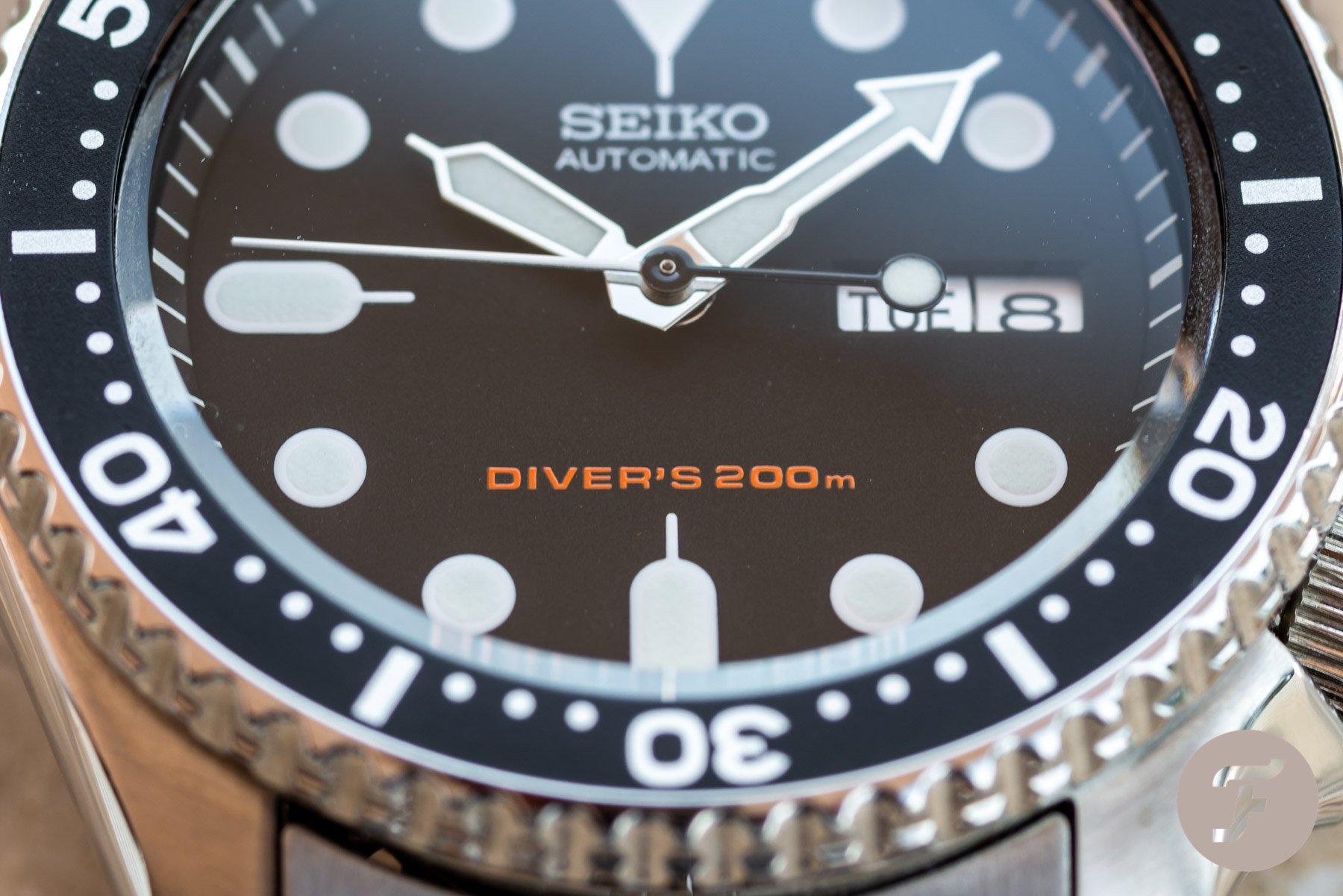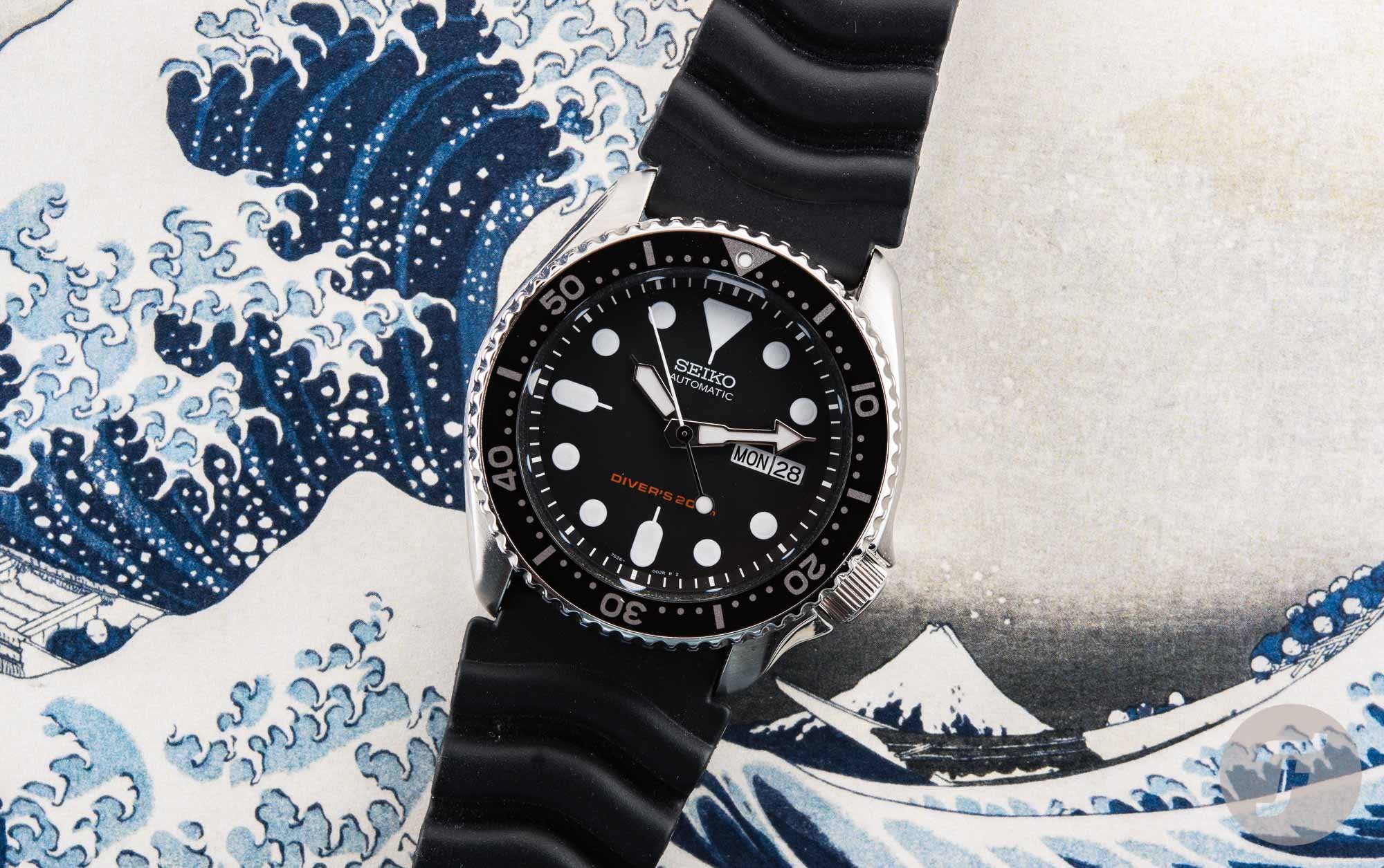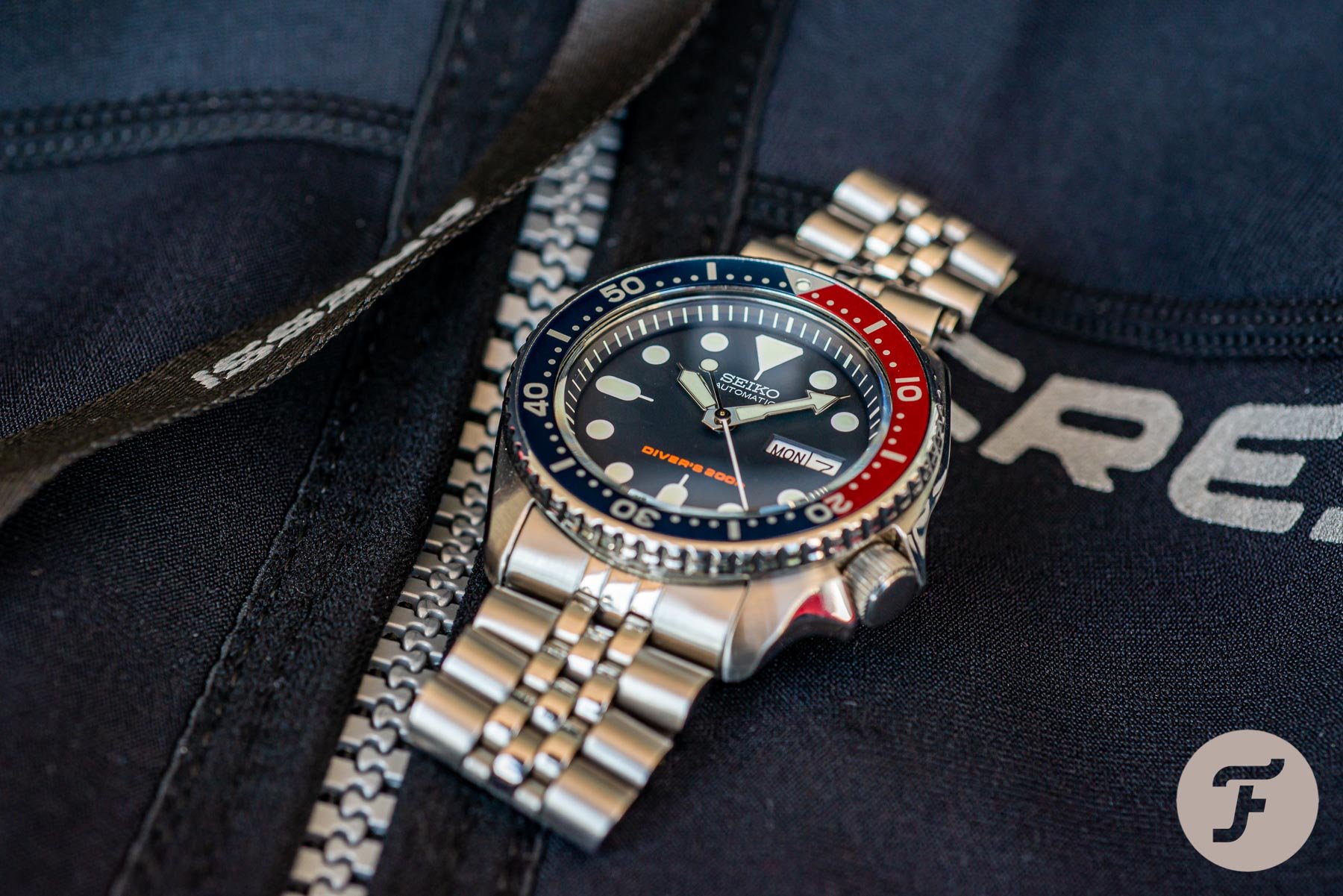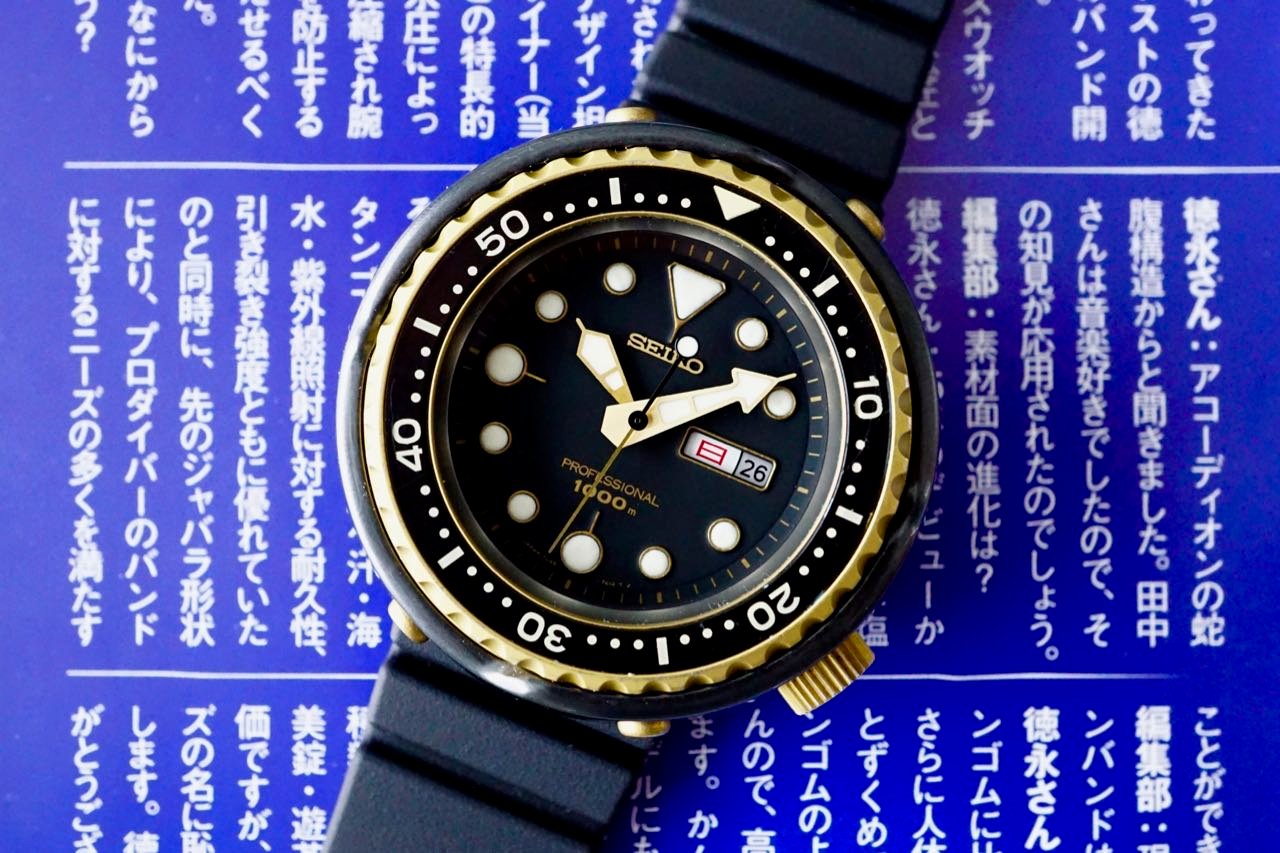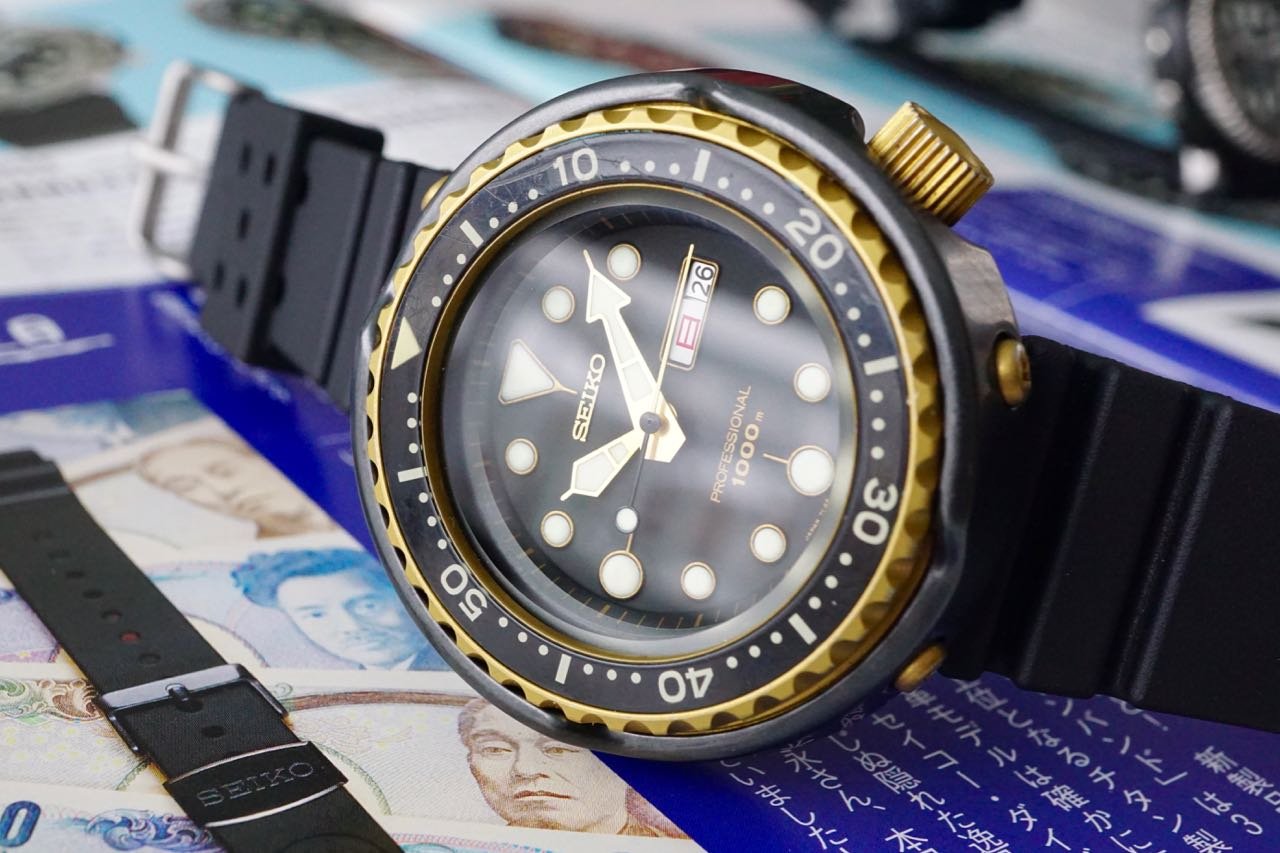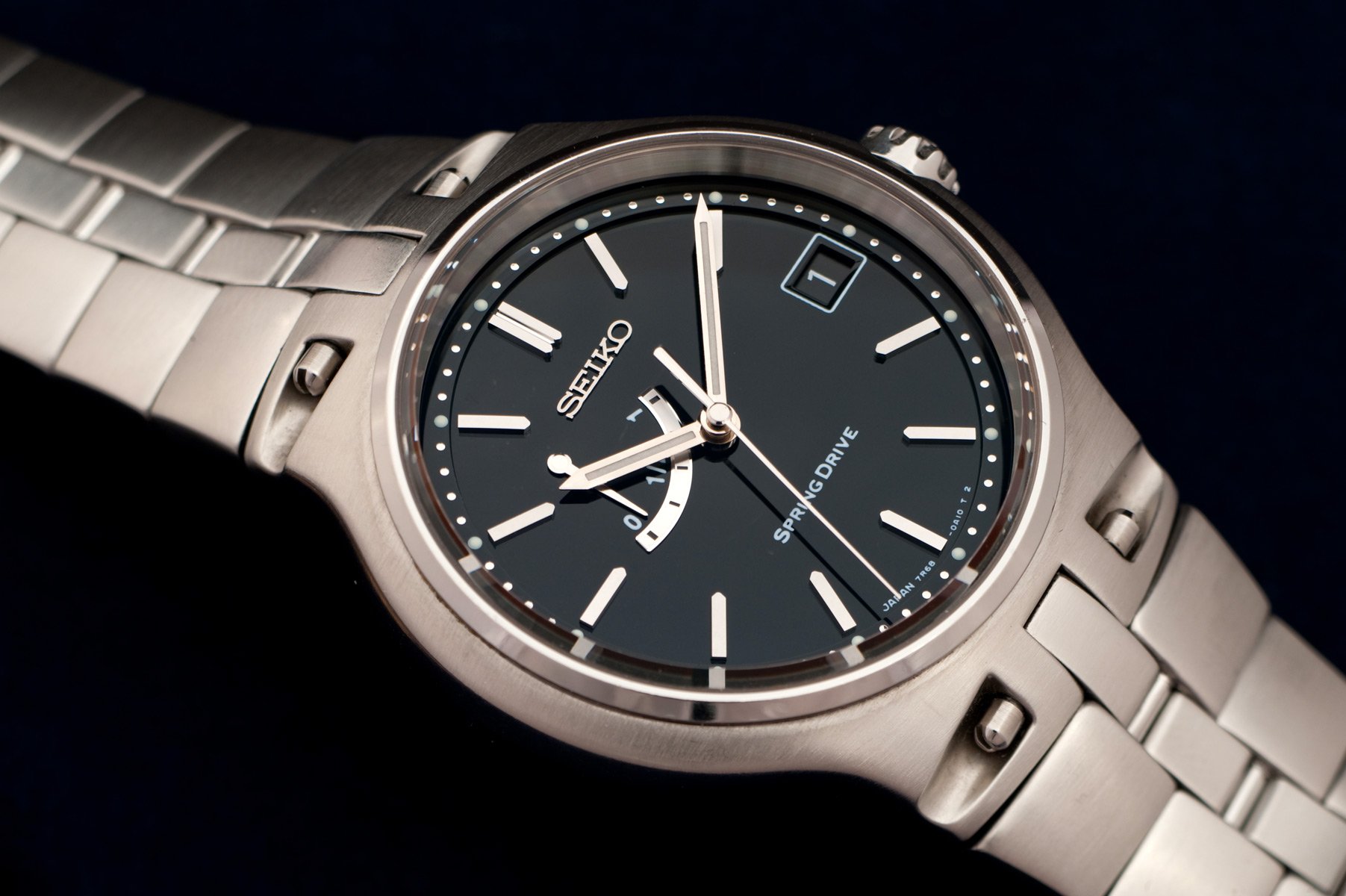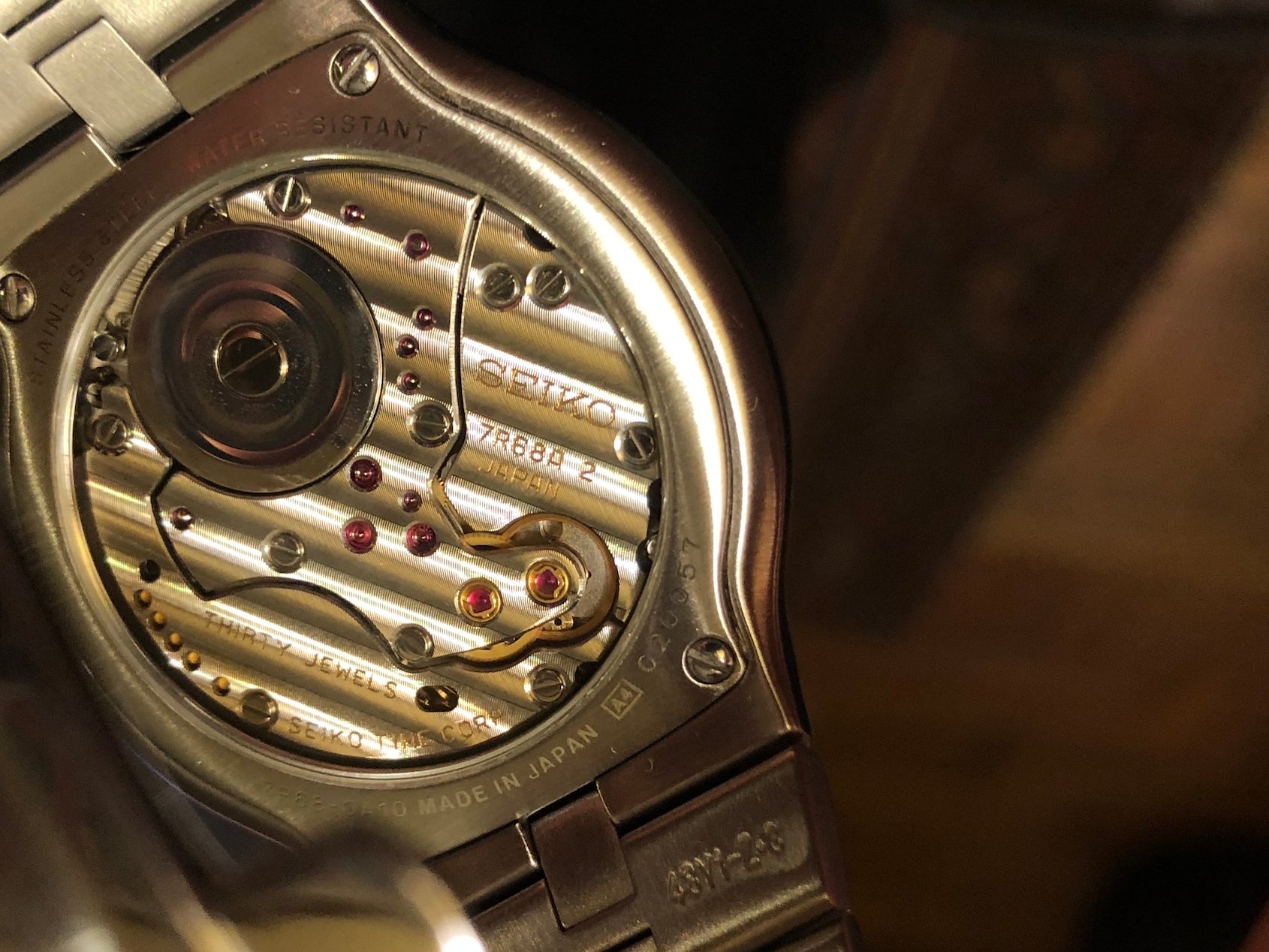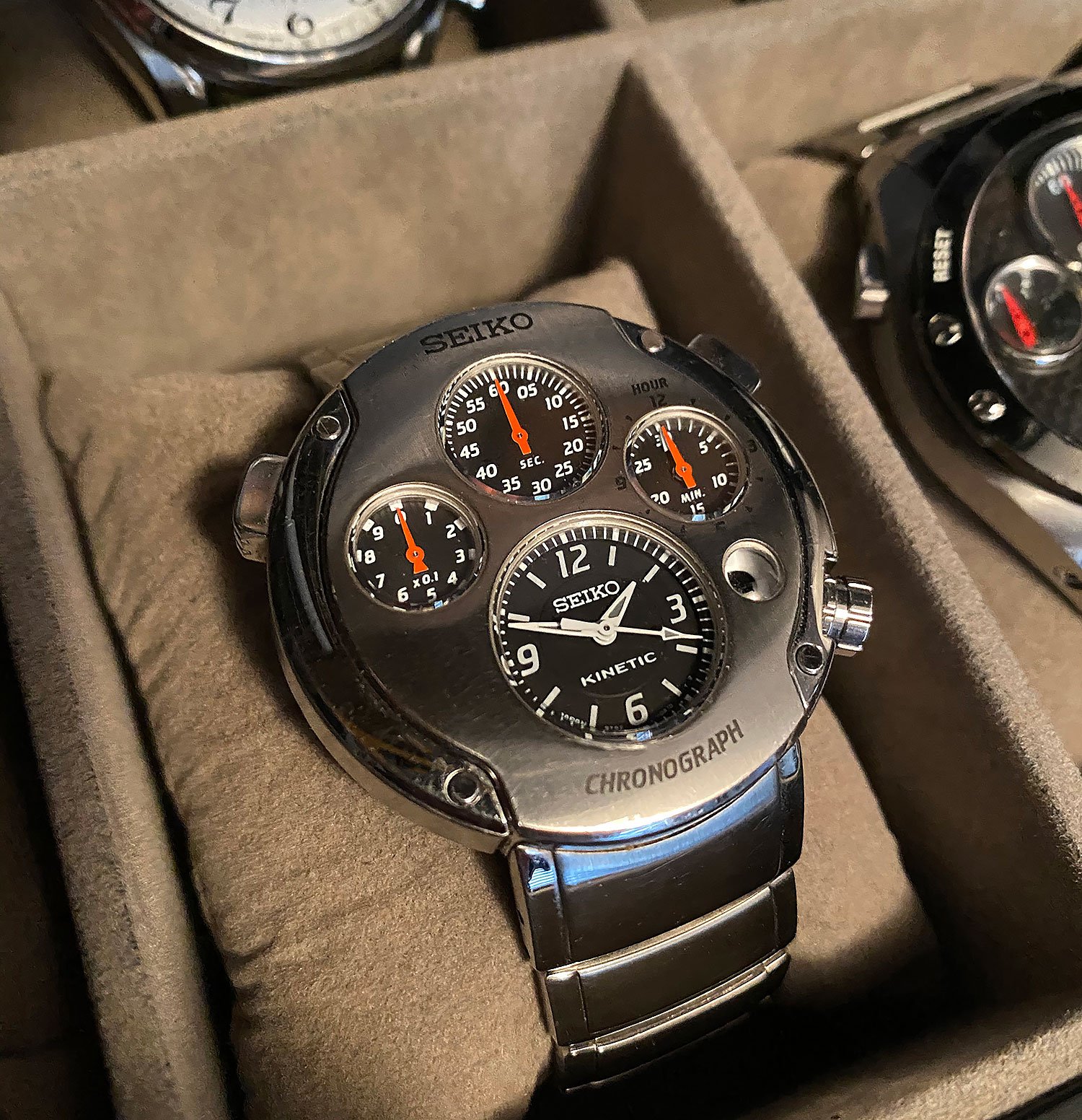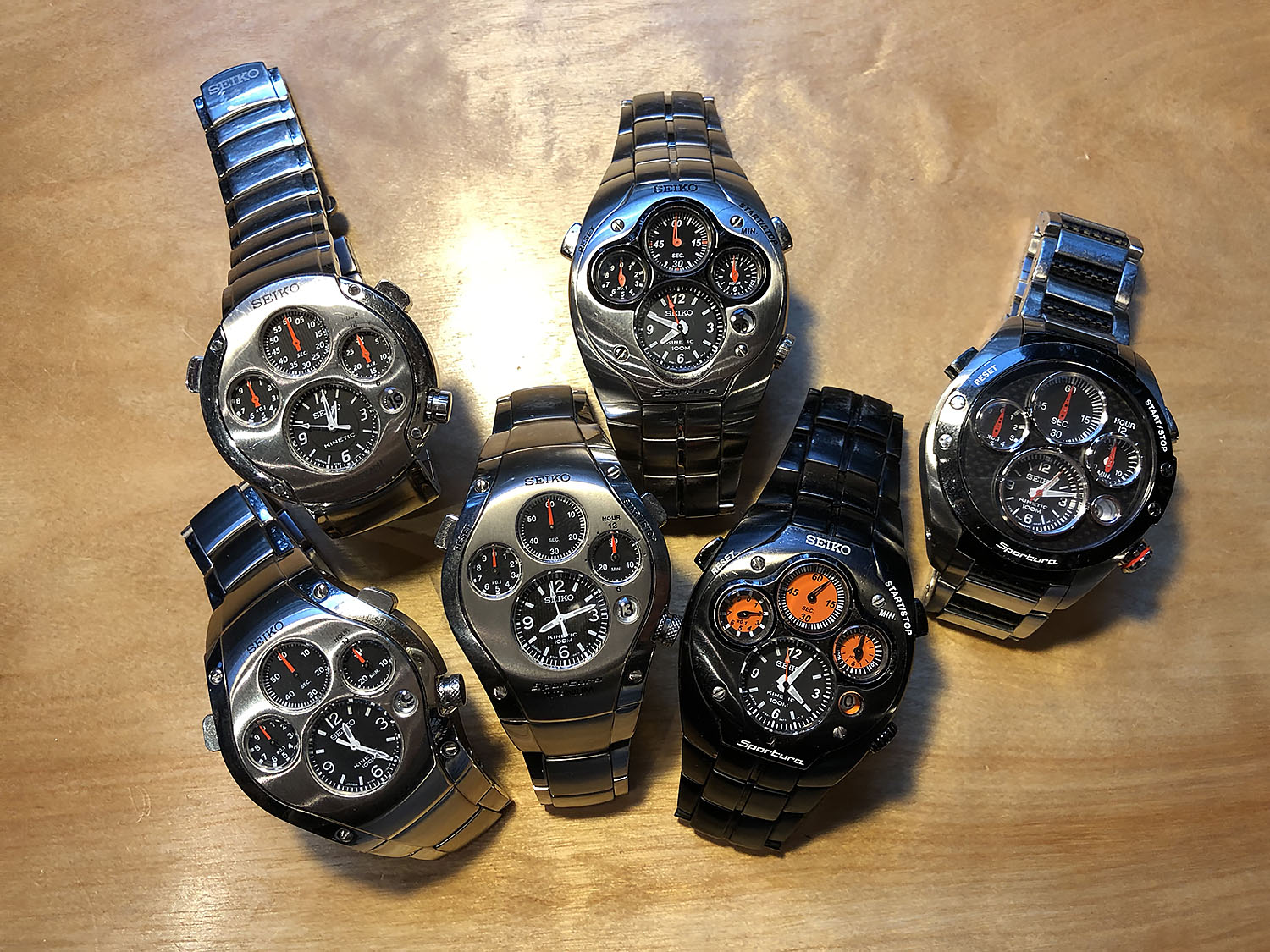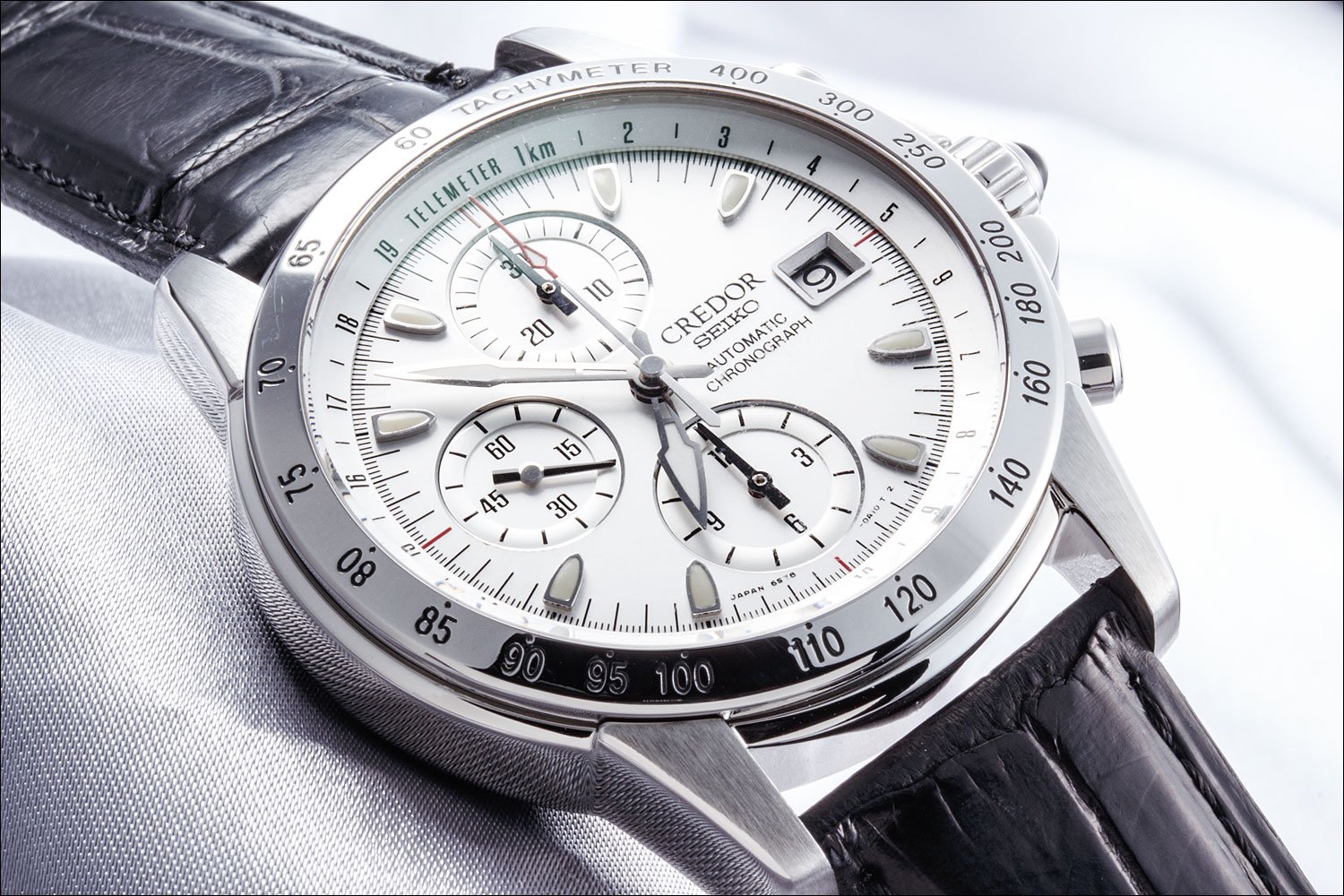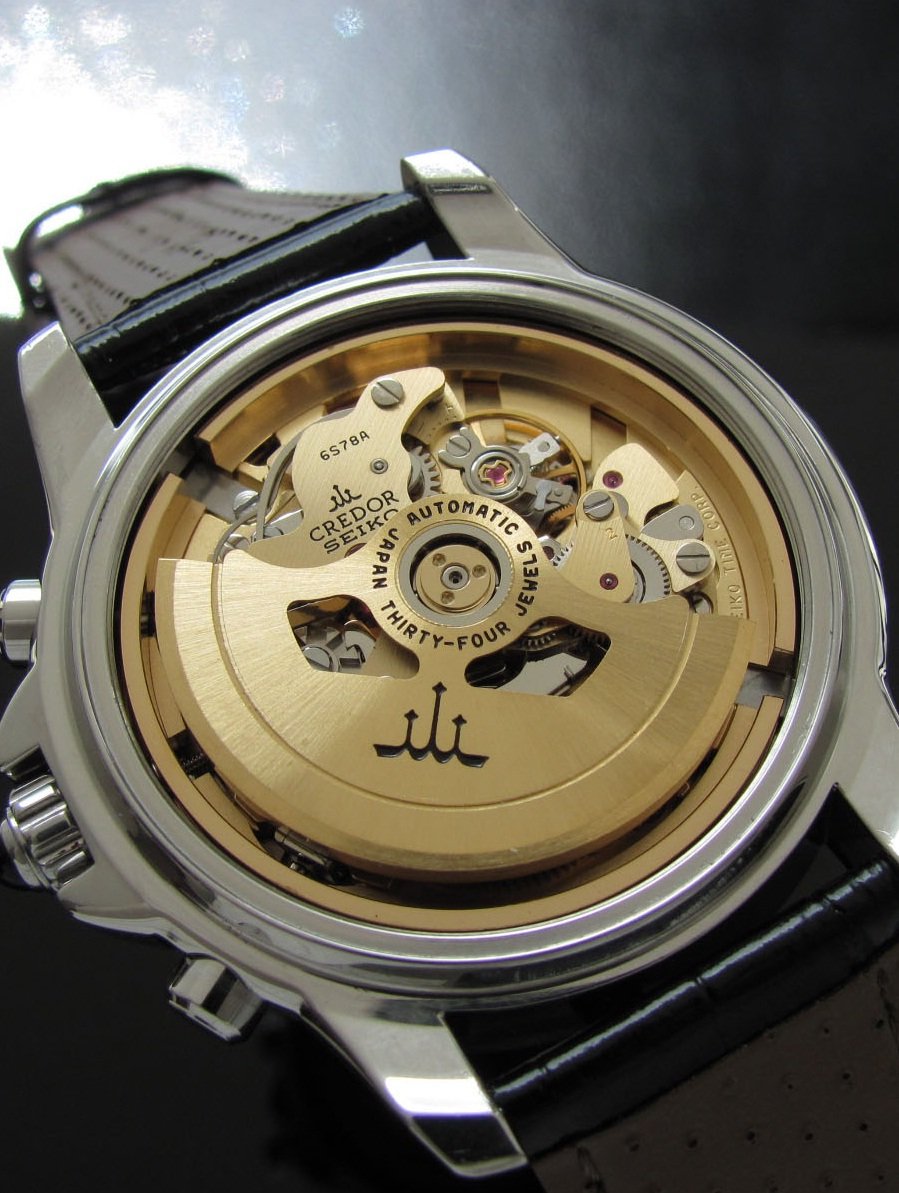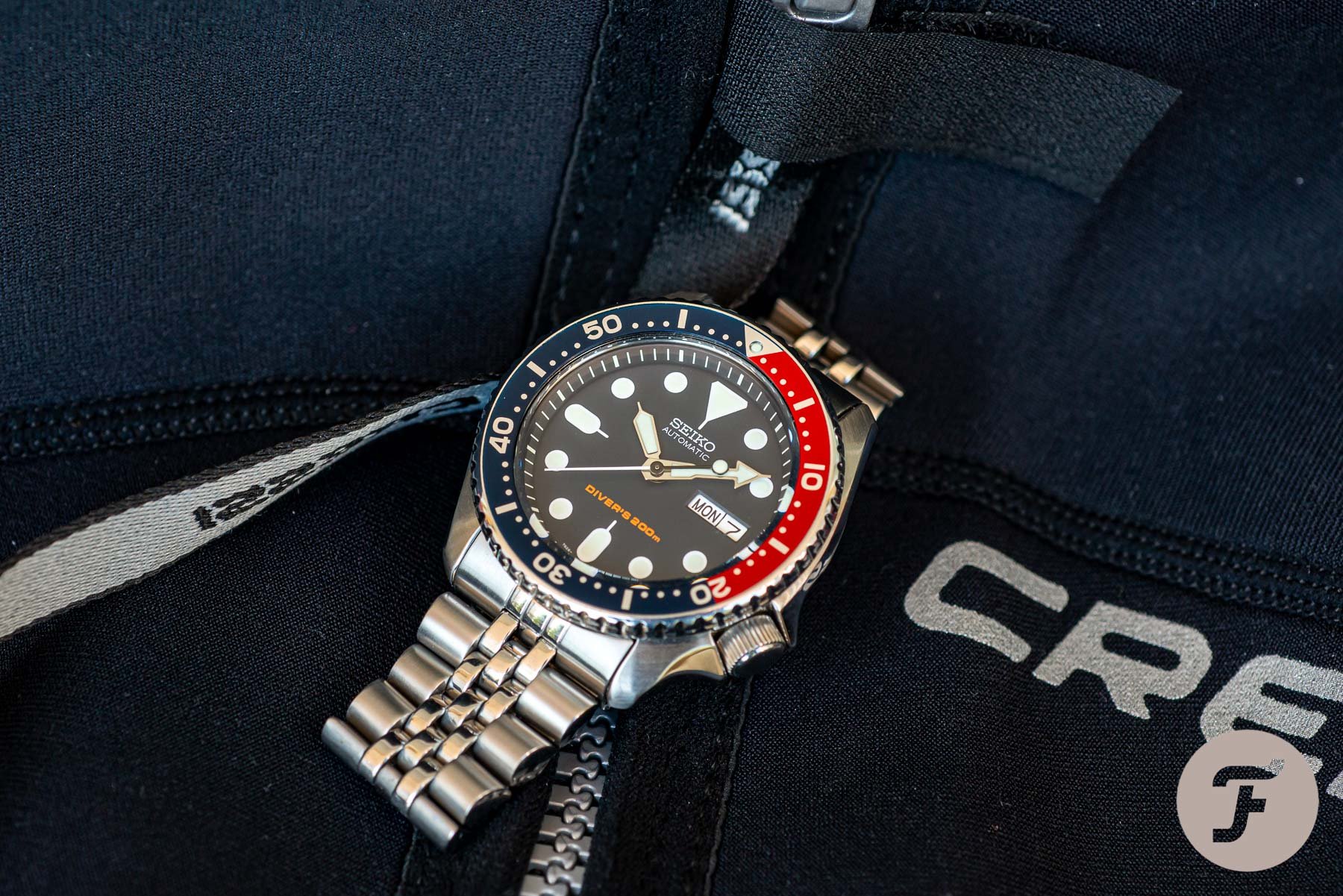Buying Guide: The Best Seiko Watches From The 1990s
We like to talk about vintage watches a lot within the Fratello team. Though most of what we write about is primarily focused on the most recent releases and developments, for many of us, a lot of the fun can be found in the sometimes weird and often wonderful world of vintage watches. It’s a world full of history, remarkable watches, incredible stories, and quirky details. It inspired us to come up with a series of articles focusing on the best watches per decade from a select group of brands. Some of them are priceless, some of them still affordable. In this installment, we will take a look at the best Seiko watches from the 1990s.
This week we will continue our journey through watch history to find the best watches from the 1990s. As I have discussed in the previous articles discussing the best watches from the 1980s, mechanical watches slowly started making a comeback in the eighties. By the time the 1990s began, quartz was still dominating the watch industry. But you could slowly see the two finding space next to each other.
With the gradual rise in the popularity of mechanical watches, we also saw a shift in perception. Mechanical watches became a luxury statement produced by prestigious brands with centuries of watchmaking history. It set it apart from the mass-produced, cheap and quartz watches. This luxury status was further backed up by a renewed interest in watches that featured classical complications. Combining the rich history in watchmaking and the technical masterpieces set mechanical watches apart from the fast world of quartz watches for good.
Seiko in the 1990s
Ever since the 1970s, Seiko has been a bit of an odd one out. The brand introduced the Seiko Astron in 1969 that snowballed into the quartz revolution that had a massive impact on pretty much all the other brands we have discussed in this series. Despite a large focus on quartz watches, Seiko thankfully never stopped producing mechanical watches. But when we’re talking about the renaissance of mechanical watchmaking, Seiko was never really part of that in the 1990s, of course. The brand had great success with its quartz watches, making it one of the biggest watch brands in the world. But as we have come to know from Seiko, they are always working on something new.
The brand did what it had always done; pushing the boundaries of timekeeping. As we will find out, the 1990s were pivotal for the brand when introducing new technological innovations. The introductions of the first Spring Drive watch and the Kinetic name both took place in the nineties. Additionally, the Seiko company decided to reintroduce the Grand Seiko name in 1998 — that we will discuss in an upcoming article. So you can say that the 1990s were an important decade for the brand. Let’s take a look at five of the most remarkable watches from that era. There are some iconic watches, but some of the designs are remarkable.
The Entry Point — Seiko SKX007/009
The first watch on this list was an easy one. Is there even something I could add to the story of this first pick? The legendary Seiko SKX007 and its more colorful brother, the SKX009, are among the biggest icons Seiko has ever produced. These affordable diving watches are much-loved amongst Seiko enthusiasts for several reasons. First of all, they were affordable divers that were ISO certified. It means that they were certified for actual scuba diving after a series of rigorous tests set by the ISO organization. Secondly, these watches were and still are perfect daily beaters that do not break the bank. I know multiple people that are not necessarily watch enthusiasts, but they wear their SKX007 with great joy daily without having to worry whether it runs, scratches, or can take a beating.
Additionally, the SKX-series is very popular amongst fans of Seiko mods. There is a lively community of people who love to create their own modified Seiko S.K.X. It’s a fascinating world that is full of amazing creativity. You can get replacement cases, hands, bezels, bezel inserts, crystals, crowns, chapter rings, bracelets… anything you need to make your S.K.X. look completely different. I love seeing all the different creations that people come up with, and it made me think on several occasions about whether I need one.
Price increases
Back to the regular S.K.X., however. As Robert-Jan explained in an installment of 52Mondayz, the SKX007 was introduced in 1996 as the successor to the Seiko 7002. Aesthetically not a whole lot changed if you compare the two. The watch features a 42.5mm stainless steel case with a modest lug-to-lug of 46mm. It makes sure that it fits a wide variety of wrist sizes despite its substantial case size. Inside the case, you would find the biggest change compared to the 7002. The SKX007 was powered by Seiko’s Caliber 7S26. This automatic movement operates at 21,600vph and comes with a power reserve of 41 hours. It features a day and date indication at 3 o’clock and has the crown at the characteristic 4 o’clock position. Over time Seiko upgraded the movement resulting in three different series indicated by 7S26A, 7S26B, and 7S26C.
It’s a movement that is bulletproof, but it does come with its flaws. It has no hacking seconds, does not allow manual winding, and the accuracy tolerances were not on par with today’s standards. It is the main reason why Seiko decided to discontinue the SKX-series in 2019, leaving a void in the eyes of many. Gerard wrote a great in-depth article about the watches that could replace the SKX-series in 2019. But as we know, the brand moves at such a fast pace that a lot has changed in two years. What hasn’t changed, though, is the legendary status of the Seiko SKX007 and SKX009. Because it is so sought after by fans and modders, we have seen a price increase. The original list price was around 350 Euros, and nowadays, an SKX007 goes between 350 – 500 Euros. So be quick if you want one.
My pick — Seiko 7C46-7008 “Golden Tuna”
I have to be honest. My pick for this week’s selection was a tough one. When it comes to Seiko watch design in the 1990s, it leaves a lot to be desired. Often people criticize the 1980s for its lack of tasteful designs, but for me, the 1990s are a lot more challenging. But there is one steady fixture in the Seiko collection that I will always consider my pick, and those are the Seiko Tuna divers. As a result, this week’s pick is the Seiko 7C46-7008, also known as model SSBS018, and it is also nicknamed “Golden Tuna.” This is the third “Golden Tuna” model, and it was released in 1997 as a reissue of the 1985 “Golden Tuna” that was my Seiko pick from the 1980s. Confusing? It’s quite simple.
In the 1990s, Seiko released many different diving watches, but there was only one noteworthy addition to the Tuna legacy. This 7C46-7008 “Golden Tuna” continued the previous model with the same specs as its predecessor from 1985, the 7C46-7009 “Golden Tuna.” The differences between the two models were quite small. The dial was slightly updated, as was the rubber strap and the lettering on the case back. Small changes, but maybe that’s a good thing. Because the “Golden Tuna” already looked great and boasted some amazing specs.
As relevant as ever
In essence, the watch stayed the same with a 49.6mm case that is 16.1mm thick. The case construction consists of a gold titanium nitride-coated main case and a smooth, black zirconia shroud. The watch comes with the familiar L-shaped gasket, Hardlex crystal, flat-vented rubber strap, a quickset day and date, and last but not least, a lume-filled, plastic inlay, unidirectional bezel. Inside the case, Seiko used the quartz 7C46 caliber to power the watch that also powered its predecessor. Why change a winning team, right?
Seiko released a great number of watches in the 1990s that showed the technical progress of the brand. Seiko Kinetic divers, the first Scuba Master, equipped with an analog depth gauge and some pretty impressive electric diving tools. However, the one thing that sets this Tuna apart is that this is a true professional diving watch. It beats all the other models in terms of true diving specs. The best thing about 7C46-7008 when it comes to adding it to your collection is that it is more affordable than its predecessor. You can get these for under 1,000 Euros if you are lucky, making it 500 – 1,000 Euros cheaper than the previous version. It’s a steal, honestly.
Money is no object #1 — Seiko Spring Drive ref. SBWA001
Next up is the Seiko Spring Drive ref. SBWA001. This is the first Spring Drive model introduced in 1999 in a limited edition run of 500 pieces. Seiko presented the watch the year before at Baselworld 1998. At that time, the brand showed the watch on the bracelet and on a strap with special end links, both with different Asian product references. While the version on the bracelet is a perfect example of 1990s design, the version on the strap is maybe even more visually interesting. But the version released to the public was the one on the bracelet, so that is, as most people know, the first Spring Drive model.
The two different versions are nice, but the true revolution is on the inside of the case. Spring Drive was the next step for Seiko in their quest to produce the best and most accurate watches in the world. The idea behind Spring Drive is to take the high torque of a mechanical watch and combine it with the high precision integrated circuit (I.C.) control system of an electronic watch. A Spring Drive movement is powered by a mainspring, just like a regular mechanical watch. Winding the mainspring happens by winding the crown or moving your wrist like a normal automatic watch.
Two decades of development
However, what Seiko came up with was a system to help regulate the unwinding of the mainspring. This Spring Drive system controls the speed of the unwinding with the help of an I.C., an electronic brake, and a quartz crystal. Without this system, the mainspring would unwind rapidly and come to a stop. The brand developed the Tri-synchro regulator that uses three types of energy to regulate the moving parts and create greater accuracy. Mechanical power from the mainspring, electrical power creating a reference signaling via an I.C./quartz oscillator, and electromagnetic power to correct unwinding speed through the rotor.
If you want to know more about Spring Drive technology, there is a dedicated Seiko Museum page about the history. The Spring Drive technology was in development for two decades. It was first started in 1982, and after being shelved twice, the technique was finally developed successfully in 1997 with the legendary Yoshikazu Akahane at the helm. The first commercial result of the development of the Spring Drive movements was the Seiko Spring Drive ref. SBWA001. The watch features a 36mm case with a remarkably designed integrated bracelet. As there were only 500 pieces produced in total, you won’t see them for sale often. It’s also hard to tell you what they would cost. But maybe it’s more important to acknowledge the incredible achievement of the Seiko brand with this Seiko Spring Drive ref. SBWA001. Because fans of Seiko and Grand Seiko know how important it has been.
Money is no object #2 — Seiko Sportura Kinetic Chronograph ref. SLQ001
Some of you might have seen this one coming. In all honesty, I think the Sportura Chronographs are some of the most hideous watches ever created. But you can’t deny that they are iconic in all their ugliness. Many people will surely remember these, either good or bad. The first one in the series was the Seiko Sportura Kinetic Chronograph ref. SLQ001 was introduced in 1999. This beast of a watch was produced in a limited run of 1,000 pieces. It is the first Kinetic Chronograph that was ever released.
The watch features a 42mm stainless steel case that is 13mm thick and is water-resistant to 100 meters. The watch came on a stainless steel bracelet, completing its Terminator-like presence. The Kinetic chronograph features a mechanical chronograph that, together with the time and the date, is made visible through the five different displays on the dial. The big display tells the time in hours and minutes, with the central second hand being used by the chronograph. Seconds are shown in the seconds subdial above the central time display. The small display to the right is the date window. The chronograph has a subdial to the right displaying hours and minutes, and the left subdial shows tenths of a second make one revolution per second.
Kinetic power
The watch is powered by the Seiko Caliber 9T82. This quartz movement features the Seiko Kinetic system. Kinetic was introduced in 1988 under the name A.G.S. or Automatic Generating System. It wasn’t until 1997 that Seiko rebranded the technology Kinetic. Its principle is quite simple with a quartz watch equipped with an automatic power-generating system so you would never have to replace the battery. This “ultra-compact power generator” was designed to use the wearer’s movements to generate a current that charges the capacitator even when they were slow. The capacitor, in its turn, then supplies the electricity needed to drive the timekeeping circuits. What it comes down to is that by moving, you are charging the watch. With a full day of wearing the watch, you would add three days of charge to the Kinetic Electricity Storage Unit of the Caliber 9T82.
While Kinetic technology is another impressive addition to the watchmaking universe, that’s not what the SLQ001 is about. There is no denying that the watch is defined by its looks. Putting it into the perspective of time, there probably is a reason why these watches look like this. Somehow I have forgotten why that is. All jokes aside, these watches are an acquired taste. If you do like these, plenty of enthusiasts and collectors love these and can share a ton of information on them. Being the first and a limited edition, the Seiko Sportura Kinetic Chronograph ref. SLQ001 is not an easy find. When you do, expect to pay roughly between 2,5K and 3,5K.
Money is no object #3 — Credor Seiko Phoenix ref. 6S78-0A30
For the last watch on the list, we stay in chronograph territory. But we will switch from Kinetic to automatic. And if you allow me, I will also switch from Seiko to Credor. But let’s start at the beginning. In the late 1970s, when Seiko quartz was taking over the world, the brand decided to stop producing mechanical chronographs. In its place, Seiko introduced the quartz 7A28 analog chronograph movement in 1983. By doing so, Seiko halted the production of their successful range of chronographs with icons like the monopusher column-wheel chronographs for the early 1960s and the legendary 6138 and 6139 models. It wasn’t until 1998 when Seiko decided to reintroduce two series of chronograph movements that would play a pivotal role in reinstating the Seiko brand as a force in luxury watchmaking.
The first is the Seiko Caliber 9S movement family that was used for the Grand Seiko watches. The second is the lesser-known Seiko Caliber 6S chronograph movement family used for a series of Credor watches. As most of you know, Credor is Seiko’s most luxurious brand of watches established to compete with the best Swiss brands like Patek Philippe and Vacheron Constantin. Grand Seiko is all about accuracy, legibility, and simplicity. Credor focuses on technologies, precious metals, and decorations. Seiko picked Credor as the brand to reintroduced mechanical chronographs. The first Caliber released was the Caliber 6S78 used in the Credor Seiko Phoenix ref. 6S78-0A30.
A true hidden gem
What immediately stands out is that it’s a great-looking 40mm sports chronograph executed in stainless steel. The Phoenix and Pacific line were both introduced in 1999 to attract a younger Japanese audience to the Credor brand, hence the choice of steel. As it is a brand for the Japanese market only, the impact of the Phoenix watches seems small at first. But with these watches, Seiko returned to the production of mechanical chronographs, which makes them very relevant. And the way they did it was incredibly impressive. The Phoenix chronograph was available with a black dial or a white dial. The polished case and the dial, with its incredible levels of detail, look amazing.
Inside the case, you will find the automatic Seiko Caliber 6S78. This chronograph movement operates at 28.800vph and features 34 jewels and a power reserve of 50 hours. The movement features a chronograph and a date indication at 3 o’clock. As you can see, the central chronograph seconds hand has a red tip to add a bit of color to the dial. The movement is gold-plated, and features brushed plates, colimaconnage on the rotor. Finding a Credor Seiko Phoenix ref. 6S78 can be tough. As they were only released in Japan, you won’t see them often. But when you do, you will be surprised to find out that they go for roughly 2,5K – 3,5K. Considering its relevance and high levels of production and finishing, that truly is a bargain.
Final Thoughts
When it comes to this series of articles, I cannot stress enough to do your research if you want to buy a vintage watch. On top of being crucial in avoiding disappointment with your purchase, it can also be a lot of fun. Mike and Gerard’s articles for Fratello are great references to get to know quite a few of the Seiko vintage models. Mike wrote a great article on collecting vintage Seiko watches that I suggest you read. On top of that, make sure to visit sites like Plus9Time and Ikigai Watches for more information. Contacting a vintage expert will also help out a lot. It’s a great way to learn more about watches and get to know some amazing people along the way.
When it comes to vintage Seiko watches from the 1990s, a list of five is too short. The brand released so many more great watches. When it comes to vintage Seiko watches, one thing to keep in mind is that many fakes and Franken pieces are out there. On top of that, many parts have been replaced over time. So you have to know your stuff to be able to judge the watches on offer. But once you do, you will realize why vintage Seiko’s are both iconic and a lot of fun to collect.
Up next, we will take a look at some of the best Breitling watches from the 1990s. So keep your eye out for that article dropping next week. In the meantime, let us know what your favorite Seiko from the 1990s is in the comment section.

